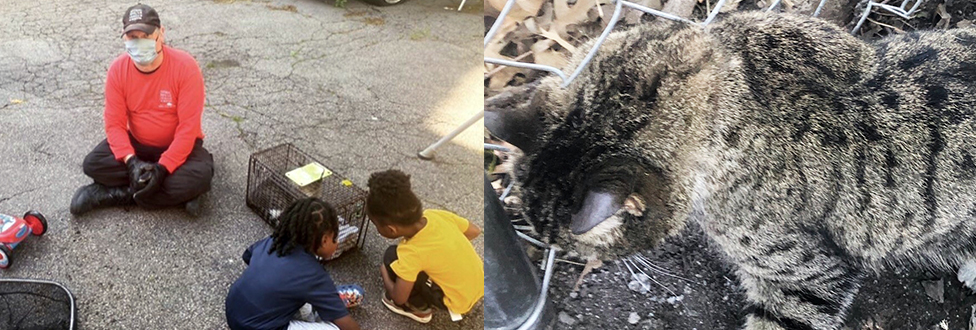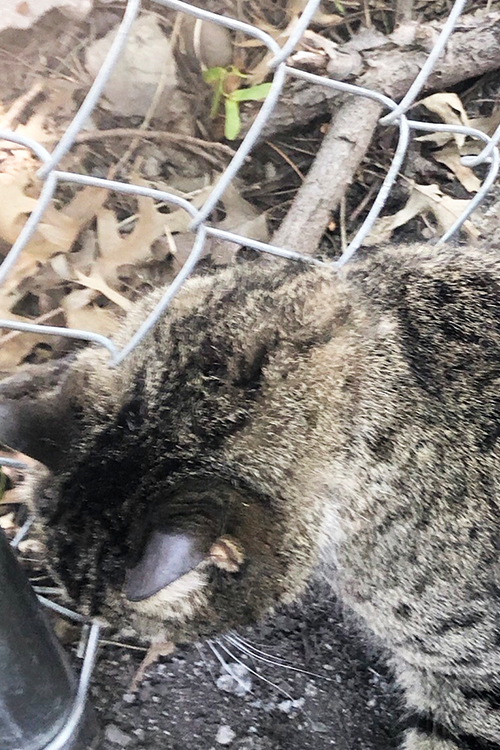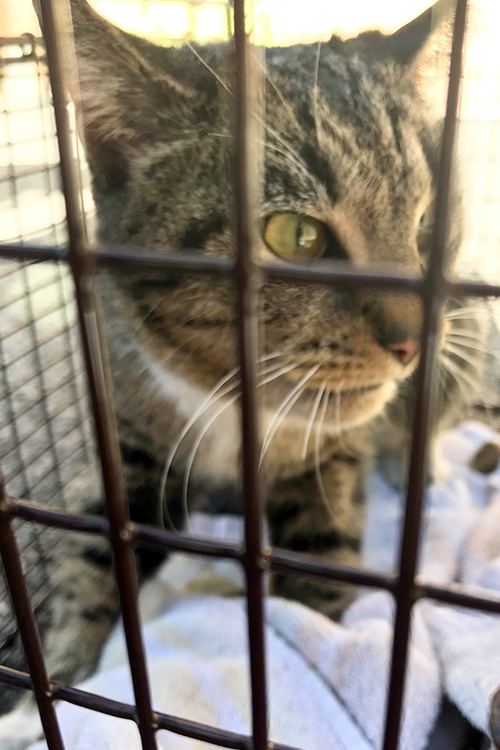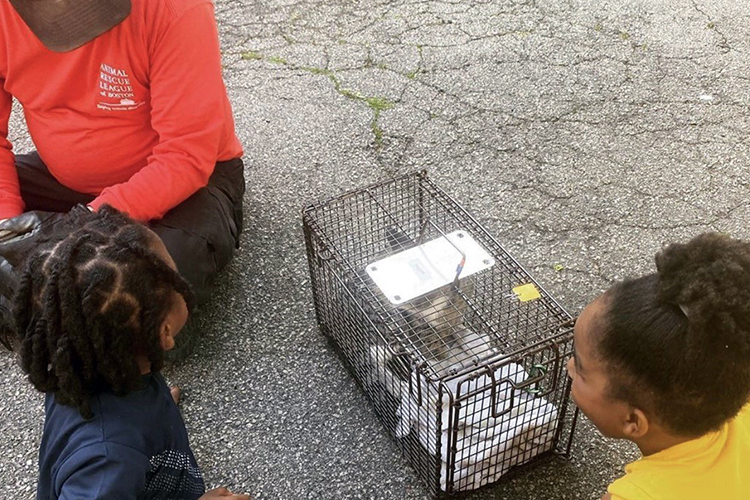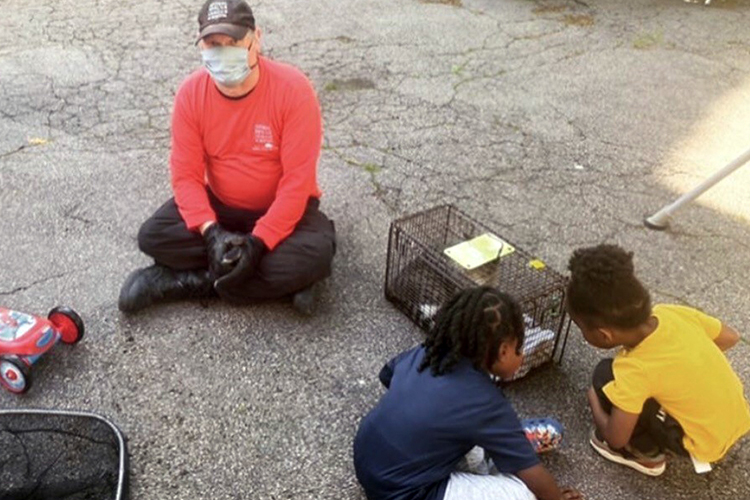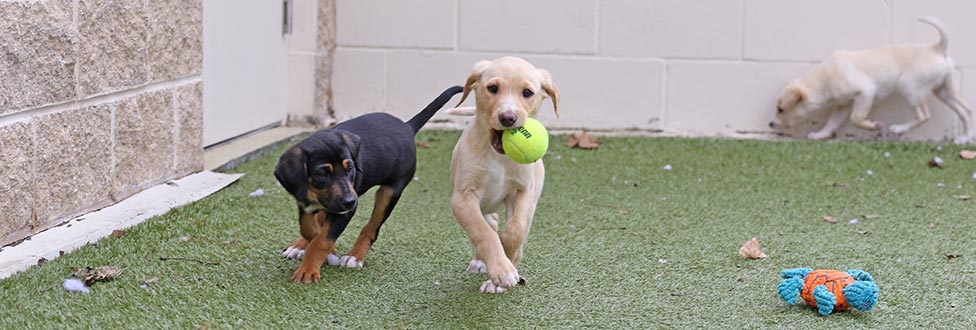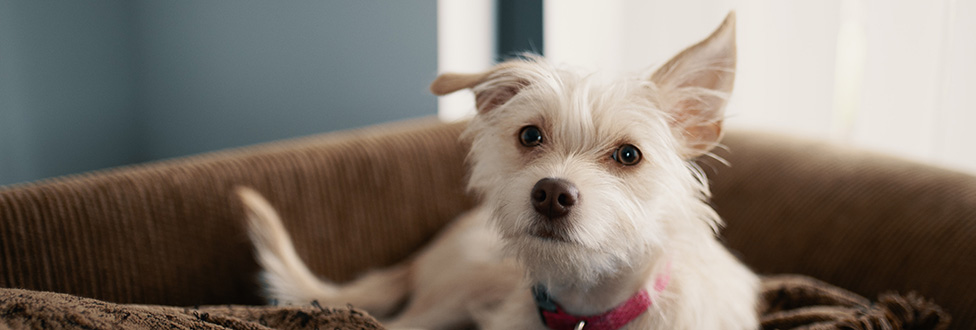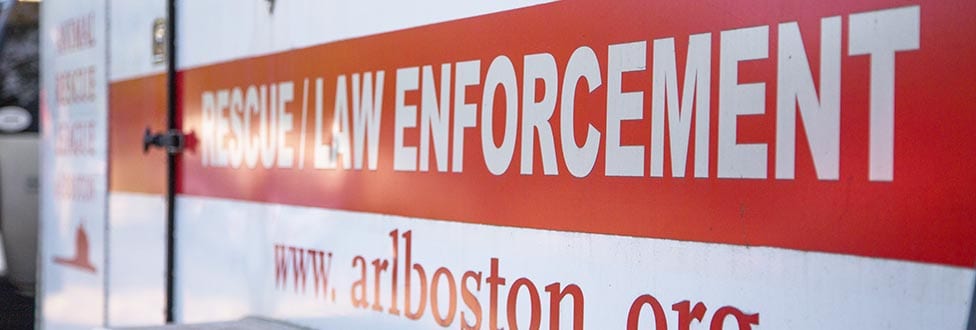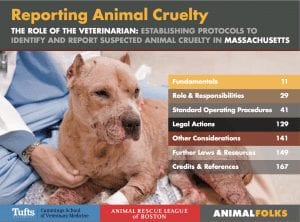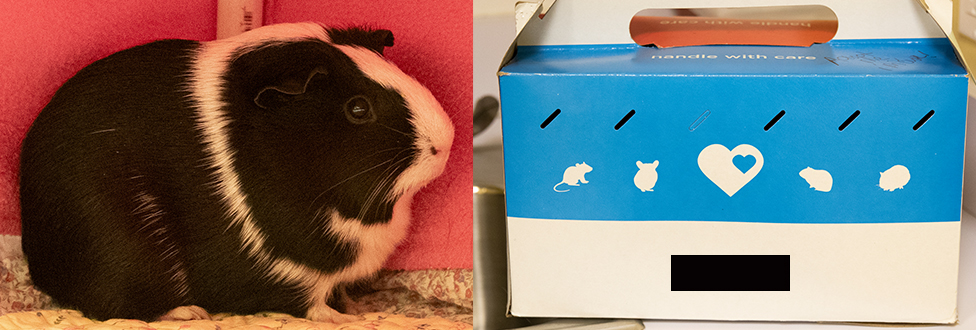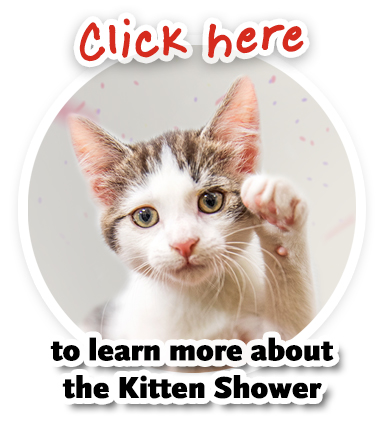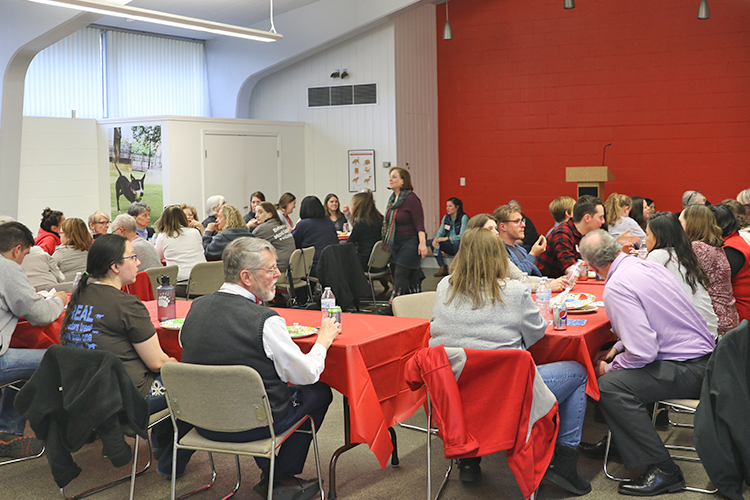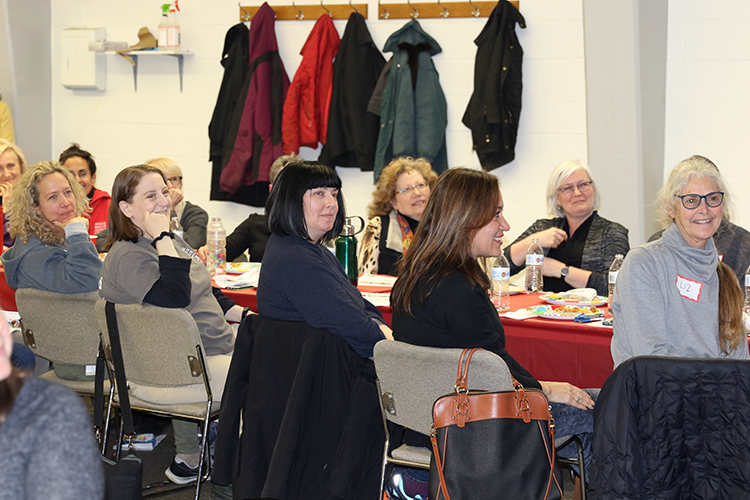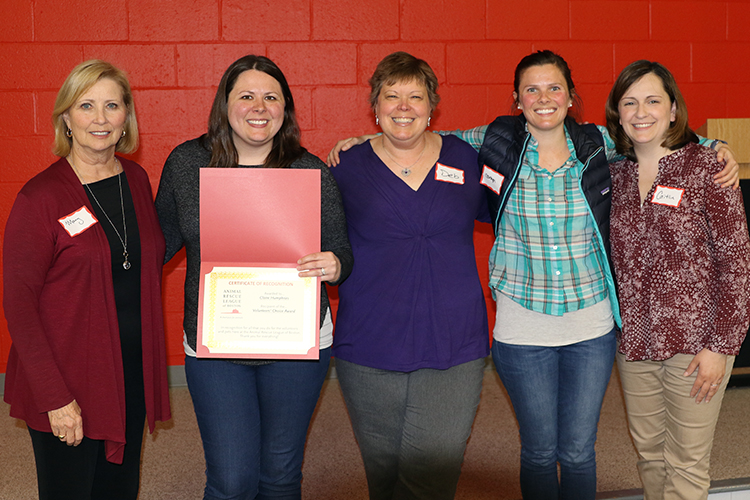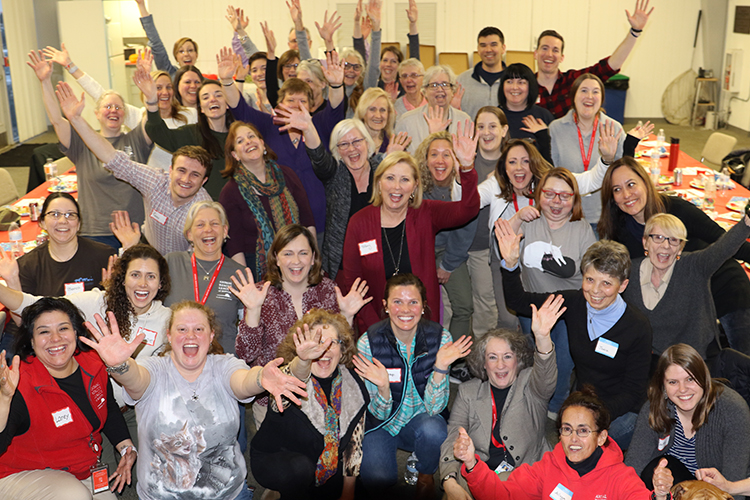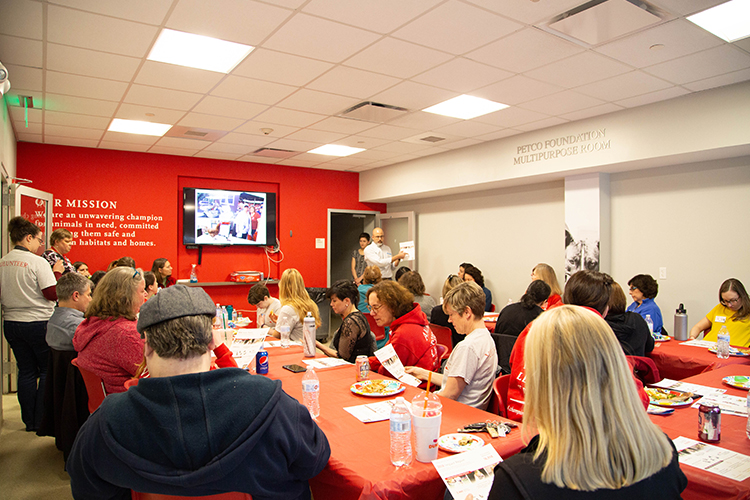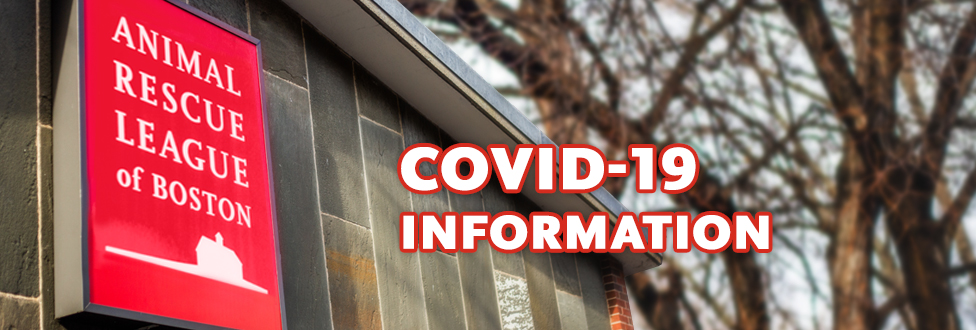Press Release: ARL Field Services Rescues Cat Caught in Fence
‘Margot’ safe and sound and will be available for adoption soon
This past week, the Animal Rescue League of Boston’s (ARL) Field Services Department came to the aid of a friendly neighborhood stray cat in Dorchester, who found itself stuck in a chain-link fence.
A resident who regularly feeds the cat, named Margot, went into her backyard and discovered Margot stuck in the fence and crying.
She called ARL, and once agents Mike Brammer and Paul Luongo arrived on-scene, one agent held the cat still, while the other cut away a piece of the fence to free the cat. Not only was the cat uninjured, but surprisingly she was also thankful and wanted to be petted by her rescuers.
Although sad to see Margot go, the resident asked the agents if ARL would take Margot and find her a permanent home.
Margot was transported to ARL’s Dedham Animal Care and Adoption Center for evaluation and the four-year-old cat will be made available for adoption after putting on a little weight and being spayed.
Clearly having an attachment to Margot, once she was freed from the fence the resident and her family spent some time with a friendly stray before saying goodbye.
“Huge thanks to ARL for saving Margot,” the resident wrote in a social media post. “She was stuck with the fence piercing her neck and I tried tirelessly to cut the fence with no luck (and) tears streaming down my face. We called ARL and received the best support! The team rushed out and saved her in minutes…we can’t thank you enough the boys were so happy!”
ARL will reopen for appointment-only adoption services beginning June 1. ARL Field Services has also remained busy during the pandemic, delivering food and supplies to pet owners in the Greater Boston area, as well as transporting animals in need of veterinary attention.

